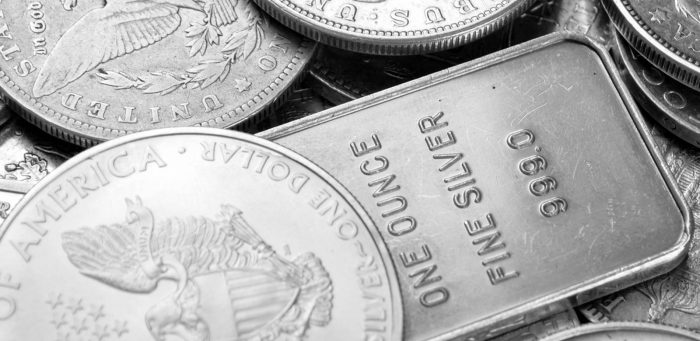Silver and new silver – differences

Silver is a precious metal, used in the manufacture of ornamental articles and accessories for years. It also has a wide industrial use where its bactericidal properties, corrosion resistance and electrical conductivity are utilized. An interesting solution is new silver. Recognize the differences between them.
Types of silver – test and properties
When buying rings, necklaces or silverware, customers usually pay attention to special signs that describe both the nobility of metal and its test sample. The latter indicates the type of metal, as well as the associated properties and market value. The primary feature that determines the classification of silver is the amount and type of dopants in the alloy. In this respect, the metal is divided into so-called categories named silver tests. This is a number indicating the percentage of silver in the material.

Pure silver is an alloy containing almost 100% of the element. The admixtures are so minimal that they do not affect the characteristics of the metal. The product in this category is designated 999 and its use is limited to the production of coins and ingots. Despite its high value, the silver of this test does not have high strength. It is distinguished by a soft, very plastic structure, which makes it possible to form very thin wires. It is a feature valued in the production of jewelry in metal braids. In practice, there are also 925, 875, 830 and 800 trials and patents, including Argentium Silver of 935 and Britannia Silver of 958.
Admixtures and properties of alloys
Silver is used for production only as alloys. During their creation, different, usually two-component, compositions are composed, in which apart from silver there is a metal that determines the properties of the material. Most often, the highest grade of copper is added to silver to make the alloy harder and more resistant to abrasion without sacrificing its visual qualities. If the resulting material is to have plastic properties and to be easy to mold, tin is used as an additive. Unfortunately, making such alloy is very difficult and its durability is low, so it is rarely produced. In practice, germanium, zinc, platinum or non-metallic compounds such as boron or silicone are also used as dopants. In some countries, the formation of three-component mixtures is practiced. Silver and copper alloys with nickel have a beautiful, bright color.

New silver
One of the alloys successfully replacing precious silver in the production of decorative products or medical equipment is the so-called new silver. The alloy is also known under the colloquial name alpaca, and on the market, it is referred to as high-brass. Despite its name, the material does not contain silver, but is an alloy of three different metals: copper (60%), nickel (20%) and zinc (20%). In Poland, several varieties of this material are produced and differ in their proportions. The name “new silver” is quite deserved, because due to the addition of nickel, the alloy gains a beautiful silver color.
The use of new silver is very high, from fancy goods to fittings, badges, vessels and surgical tools, as well as decorative items. In addition, it is increasingly used to produce a variety of metal sheets.
In the silverrushstyle offer, you will find handmade products exclusively from silver with the 925 test mark. New silver was used only to produce fashion jewelry.














